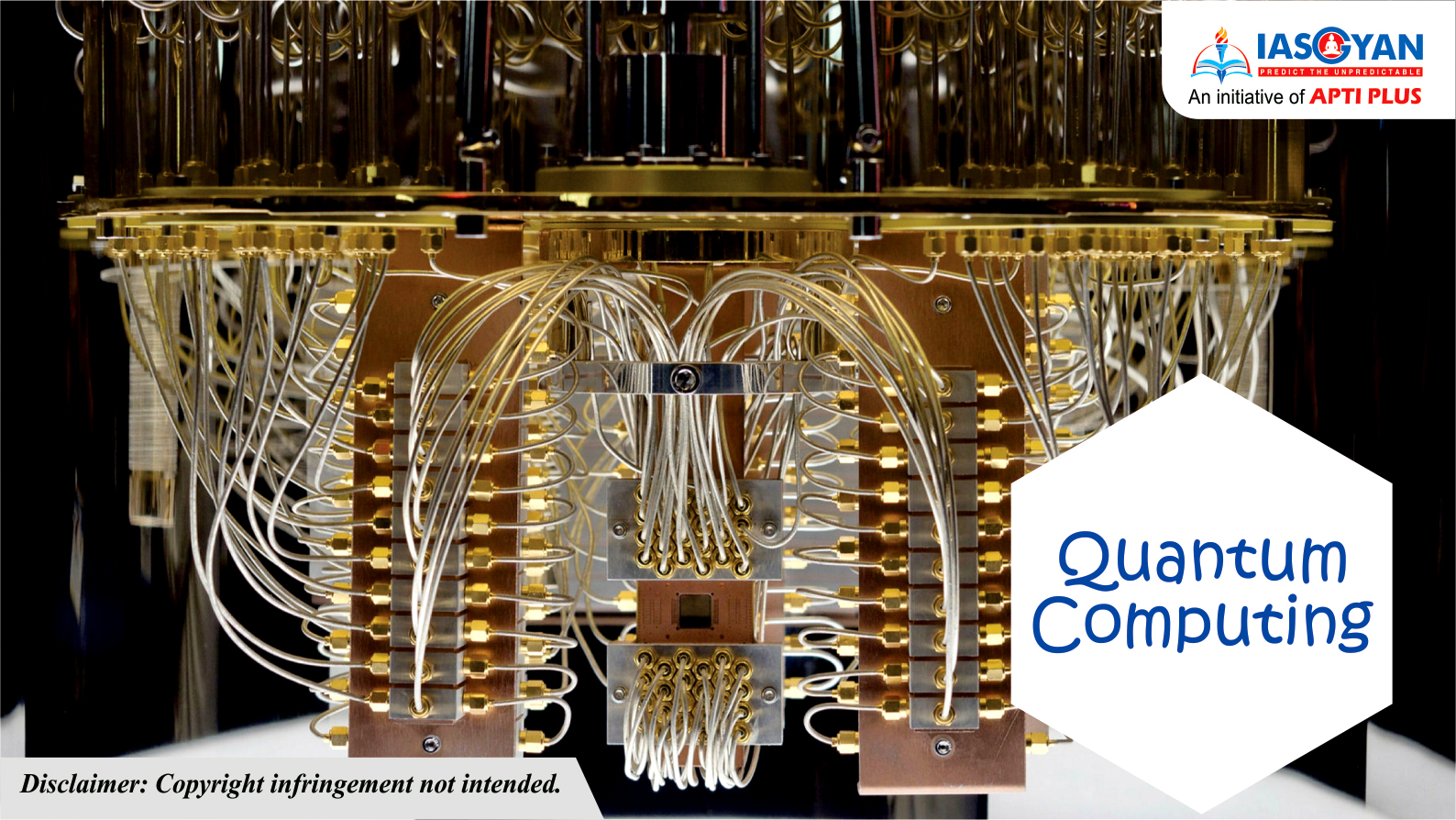




Let’s start with the basics.
5.png)

6.png)
|
Do you know? Chinese scientists claim to have built a quantum computer that is able to perform certain computations nearly 100 trillion times faster than the world’s most advanced supercomputer. |


© 2026 iasgyan. All right reserved